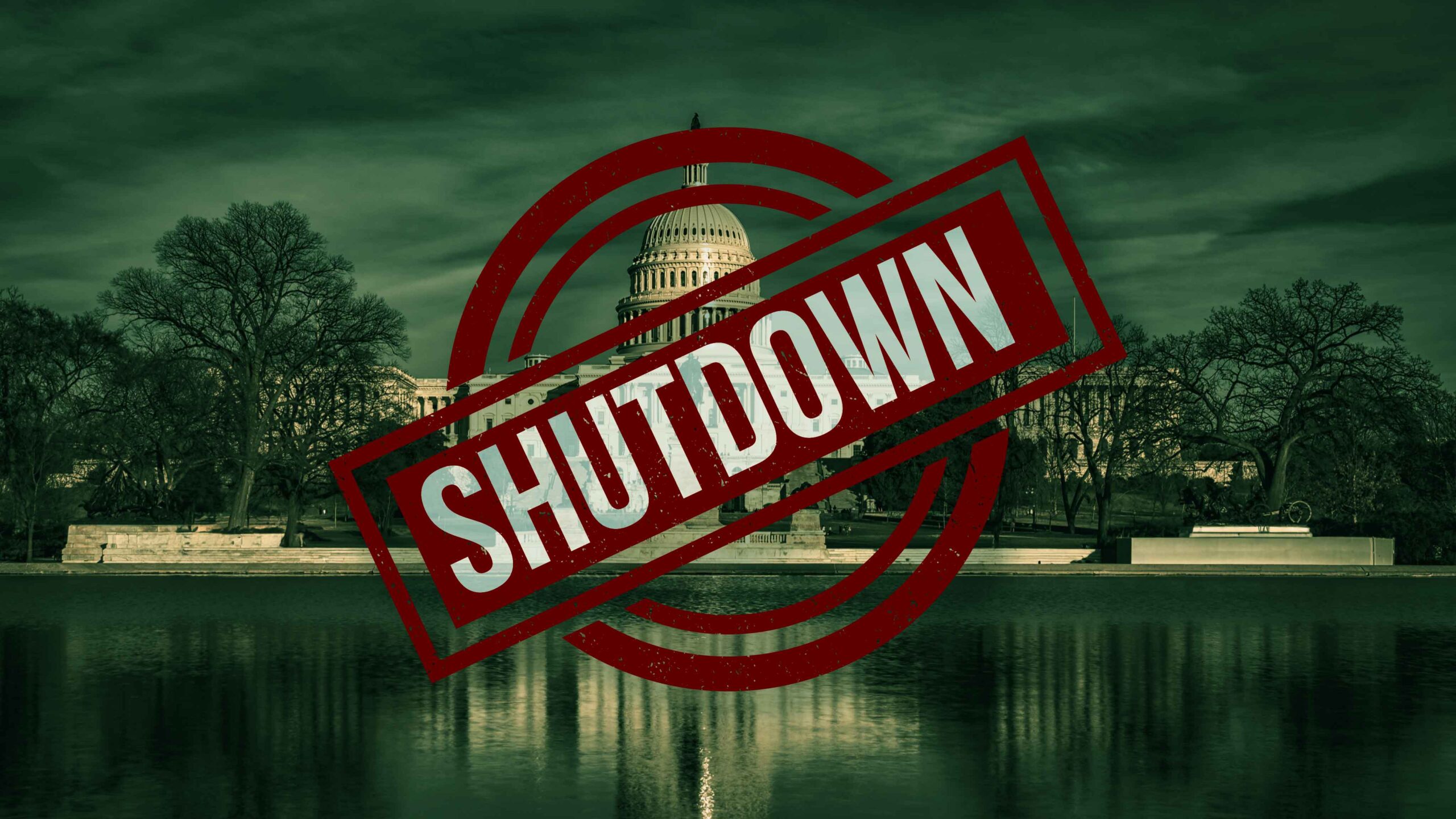A U.S. government shutdown can cause widespread disruptions across federal agencies, but its impact on the EB-5 Immigrant Investor Program is generally limited. The EB-5 program is primarily administered by U.S. Citizenship and Immigration Services (USCIS), which is funded through application and petition fees rather than congressional appropriations, it typically continues to operate during a government shutdown.
As a result, most EB-5-related petitions, such as Form I-526E (Immigrant Petition by Standalone Investor), Form I-829 (Petition by Investor to Remove Conditions), and Form I-485 (Adjustment of Status)—are still accepted and processed during these periods.
However, a government shutdown can still introduce delays and complications in parts of the EB-5 process. While USCIS itself remains operational, its work can be slowed if it requires input or data from other federal agencies that are shut down or functioning with limited capacity. Additionally, visa issuance for EB-5 applicants applying from outside the United States can be affected.
U.S. embassies and consulates, managed by the Department of State, may scale back operations during a shutdown, which can lead to delays in scheduling visa interviews or issuing immigrant visas. Although essential consular services often continue during shutdowns, the pace of visa processing may be slower than usual.
One important development that has reduced the vulnerability of the EB-5 program to government shutdowns is the passage of the EB-5 Reform and Integrity Act of 2022. In the past, the EB-5 Regional Center Program required regular reauthorization by Congress, and it would lapse if not renewed as part of federal funding legislation. However, under the 2022 reforms, the program was reauthorized through September 30, 2027. This long-term authorization means that a government shutdown will not suspend the Regional Center Program or prevent investors from filing new applications during the funding lapse.
Other parts of the government that may be tangentially involved in the EB-5 process, such as the Department of Labor (DOL), typically shut down non-essential operations during a lapse in funding. If an EB-5 petition includes labor-related data or relies on job creation modeling that involves DOL statistics, those aspects of the process could experience delays. Similarly, if the Securities and Exchange Commission (SEC) is involved in monitoring or enforcing compliance in a particular EB-5 project, those regulatory activities may also be slowed during a shutdown.
Despite these potential hurdles, EB-5 investors can still move forward with most parts of the process during a government shutdown. They can file petitions with USCIS, receive receipt notices, respond to Requests for Evidence (RFEs), and continue working with Regional Centers and legal counsel to prepare supporting documentation. The most significant delays are likely to occur in visa processing abroad or in steps that require coordination between USCIS and other shuttered agencies.
While a U.S. government shutdown can cause disruptions in some aspects of the EB-5 process, it does not bring the program to a halt. Thanks to USCIS’s fee-funded structure and the long-term reauthorization of the Regional Center Program, EB-5 petitioners can expect the core elements of their immigration process to remain in motion. However, they should also prepare for the possibility of slower processing times and postponed visa appointments, especially if the shutdown continues for an extended period.



